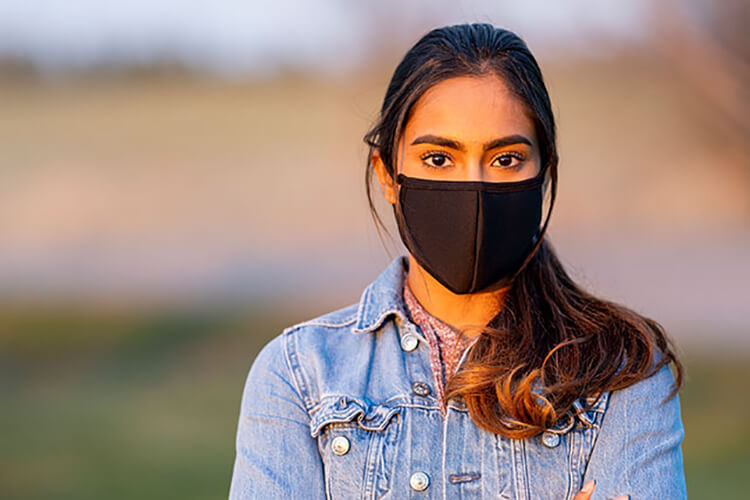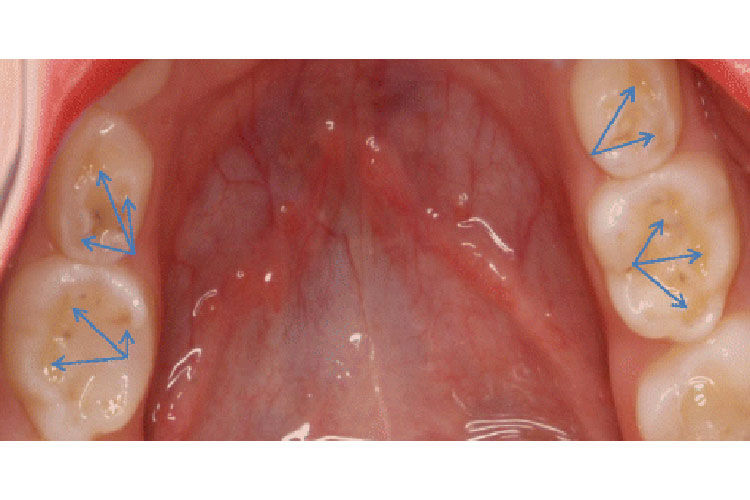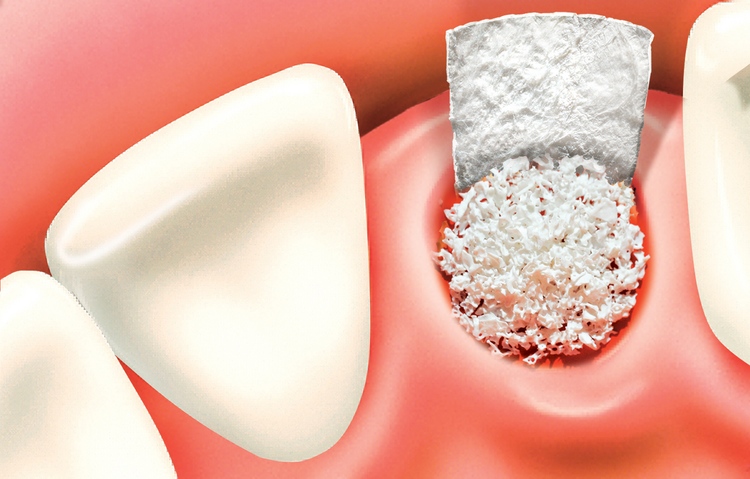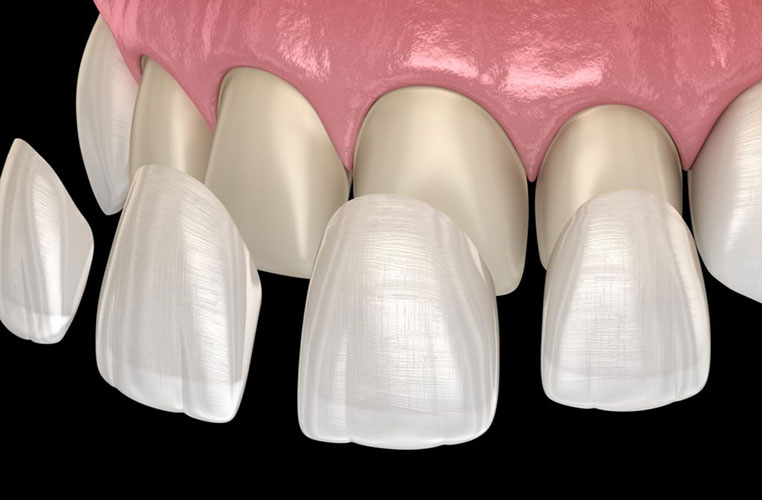It’s been a whirlwind since the pandemic emerged in March 2020. Many are overwhelmed by frequently changing information about the virus, variants, and vaccines.
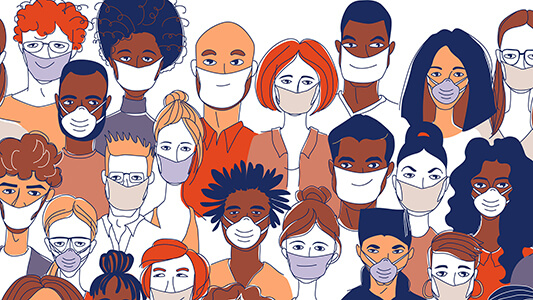
In the not-so-distant past, “respirators” and masks were worn mainly by those whose jobs mandated them – such as ours at St. Lawrence Dentistry. However, during the COVID-19 pandemic, this changed, and they have become commonplace. Let’s explore the differences between cloth masks, surgical masks, and N95 “respirators”.
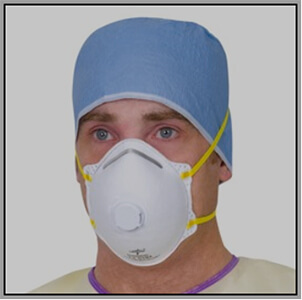
As of May 2021, the Ontario government has advised that we should wear cloth face coverings in public to help diminish COVID-19. Masks are vital in places where social distancing is hard to maintain, especially in areas with an increased community-based transmission, such as Peel Region. While cloth masks can aid in preventing the spread of COVID-19, they are not considered personal protective equipment (PPE). Cloth masks are cleanable and reusable. Cloth masks are easily obtainable, and you can make them in your own home. On the other hand, surgical masks and N95 respirators can’t be made at home and should be considered critical supplies, according to the CDC (Center for Disease Control). St. Lawrence Dentistry does not recommend masks with an exhalation valve since the valve permit “respiratory particles” to spread outside the mask (these masks do not protect others from COVID-19 nor help limit the virus’s spread).
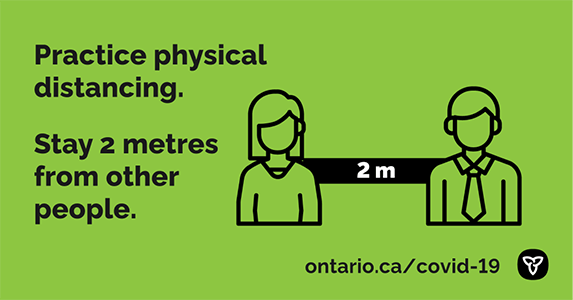
Surgical masks, also called medical masks, are built to inhibit contamination in a health care environment or a sterile field from large particles generated by the wearer/worker (e.g., prevent the spread of the wearer’s mucous). St. Lawrence Dentistry also uses surgical masks to help decrease the chance of fluids reaching the wearer’s mouth and nose. Patients may also wear surgical masks to help limit the spread of infections. One pandemic challenge is the issue of low-quality face masks circulating in North America, especially during the height of the pandemic. Our market was subject to flooding of less-than-optimal types of masks. Fortunately, this appears to be decreasing.

It’s critical to identify a mask that can keep you and our Mississauga community safe. The first criteria to follow is finding a mask made in Canada or made for a North American-based company. Knowing the mask is made in Canada will ensure it meets our country’s regulations. Look if the mask has a nose piece at the top where you can get it to help fit your face. Some of the lesser quality ones do not have a nose piece. Feel the inner material– the part of the mask which goes against your face. If it’s scratchy rough material, it shows low quality because it can cause many issues for the wearer. These can include rashes, itchiness, and you can even get a reaction to some of the chemicals that manufacturers may use in making those masks.

An excellent surgical mask should be three layers. Check that the inner lining is not “paper-thin”. It should be a material that is fibrous or spongy. Another critical measure of a good mask is fluid resistance. You should be able to take your face mask and pour water on the inside of the mask, and if it seeps right through, it will be a clue that it may not be a good quality mask. It should have an ASTM rating for (clinical-grade masks), which stands for American society for testing materials.
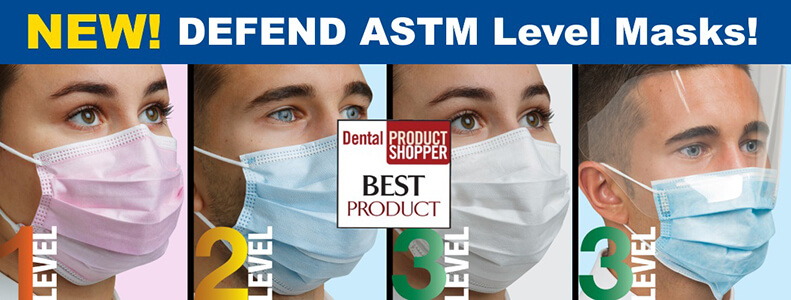
Not only do we want a fluid barrier on the outside to protect from spatter, but St. Lawrence Dentistry also wants to shield our patients from any fluid or saliva that the wearer might expel. The water test should work for all ASTM-rated masks. If a manufacturer puts that level on their masks, they have had to prove to ASTM their effectiveness. The label ensures high-quality standards and very rigorous testing. ASTM not only test for fluid barriers but the particle size filtration and flammability. A reputable manufacturer such as Medicom (used at our Mississauga dental office) has undergone such testing and has that designation on their masks.
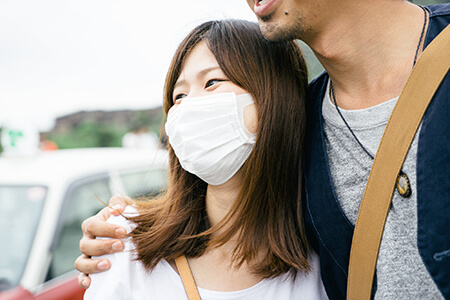
All ASTM-rated masks, regardless of level, should pass the fluid test.
If the mask is a level one, the fluid resistance may not be as high, so there may be some slight leakage. We do not consider using level one masks at St. Lawrence Dentistry – due to the risks of COVID and needing extra filtration protection. The masks are also rated over time, i.e., how long they will protect you, given the amount of time you might wear them. As far as masks, when respirators are not in use, St. Lawrence Dentistry uses only level 3 masks. This is essentially also what the CDC recommends.
Dr. Hawryluk Jr. has happy to report that there is now excellent communication between professional regulatory bodies and the Ontario government. They are essentially in complete agreement in protection for aerosol when we are doing dental procedures. When determining the proper level of protection, one crucial differentiation is between aerosol-generating procedure vs. non-aerosol procedures. The CDC says if we are doing a non-aerosol generating procedure wearing a level three surgical mask with a face shield should protect for spattering and provide optimal respiratory protection.
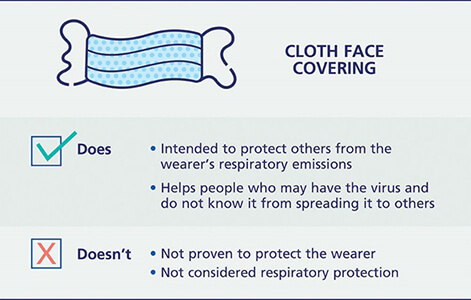
The top 3 essential features in face masks
- Does it have an ASTM rating? This is the most important thing to look for, as this is the gold standard in rating masks.
- Fluid permeability. If you read the package, insert the masks or go on the manufacturer’s website to read about it.
- Particle filtration size. The stand should be that the mask is capable of filtering out particles of at least 3 microns.
An aerosol-generating procedure includes whenever Dr. Hawryluk uses a dental handpiece, air polisher, ultrasonic instrument, or air-water syringe. Such a situation needs beyond facemask protection and respirator protection is the standard. In this case, the CDC recommends an N95 respirator. Whether this directive is changed or not after the pandemic is ‘to be determined.’ Government bodies are promulgating an “infectious airborne disease standard” that will be in addition to our ‘blood borne disease standards.’ What we used to do pre-pandemic will most likely be in the past. There may be a ‘new normal even after ‘herd immunity is achieved.

An N95 respirator mask may be the new standard moving forward for aerosol-generating procedures in dentistry. Respirators help decrease the “respiratory exposure” to contaminants in the air like gases, particles, or vapors. We choose respirators with the hazards present in mind. They come in many shapes and sizes and should be individually selected to fit the wearer’s face and provide a firm seal. A proper fit between the wearer’s face and the mask forces in-taken air to be pulled through the N95 respirator’s filter material, thereby providing protection. At St. Lawrence Dentistry, our N95 masks are individually selected based on the recommendations of a ‘certified fit tester.’

Can you tell the differences between a respirator and a surgical mask just by looking at it?
The difference is not always readily apparent. A respirator has an approval rating mark (e.g., N95, N100, etc.). Surgical masks don’t have a rating. (Note there are also “surgical masks” that have a respirator rating (i.e., N95 surgical masks). Be sure you are wearing the proper respirator or mask for the hazards present and the task you perform.
Are “face shields” a step further in protection?
The CDC guidance says if we are doing aerosol-generating procedures, we should wear an N95 respirator with a face shield or goggles. The face shield’s primary purpose is to protect the eyes and to protect against spatter
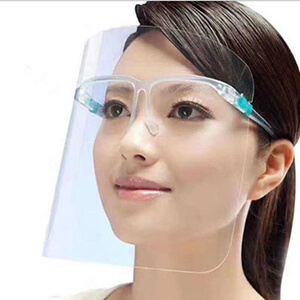
As we move away from the heart of the pandemic and things improve, many changes in people’s protective equipment will remain. This will be a positive step in limiting future pathogens interfering will our daily lives. Once Ontario solidifies new health guidelines, the market will rise to meet health care demands for more access to these masks at a reasonable price point. We hope you have enjoyed this article. If you would like to learn more about our Mississauga Dental Office, please give us a call.
Reference: Mary Givoni CDA – Face masks and Face Shields: 2021 Viva Learning
- Understanding Dental Cupping on Molars: Causes, Prevention, and Treatment - August 14, 2024
- Bone Preservation: Essential for Strong Dental Implants - August 5, 2024
- Porcelain Veneers from Design to Finish - July 27, 2024



